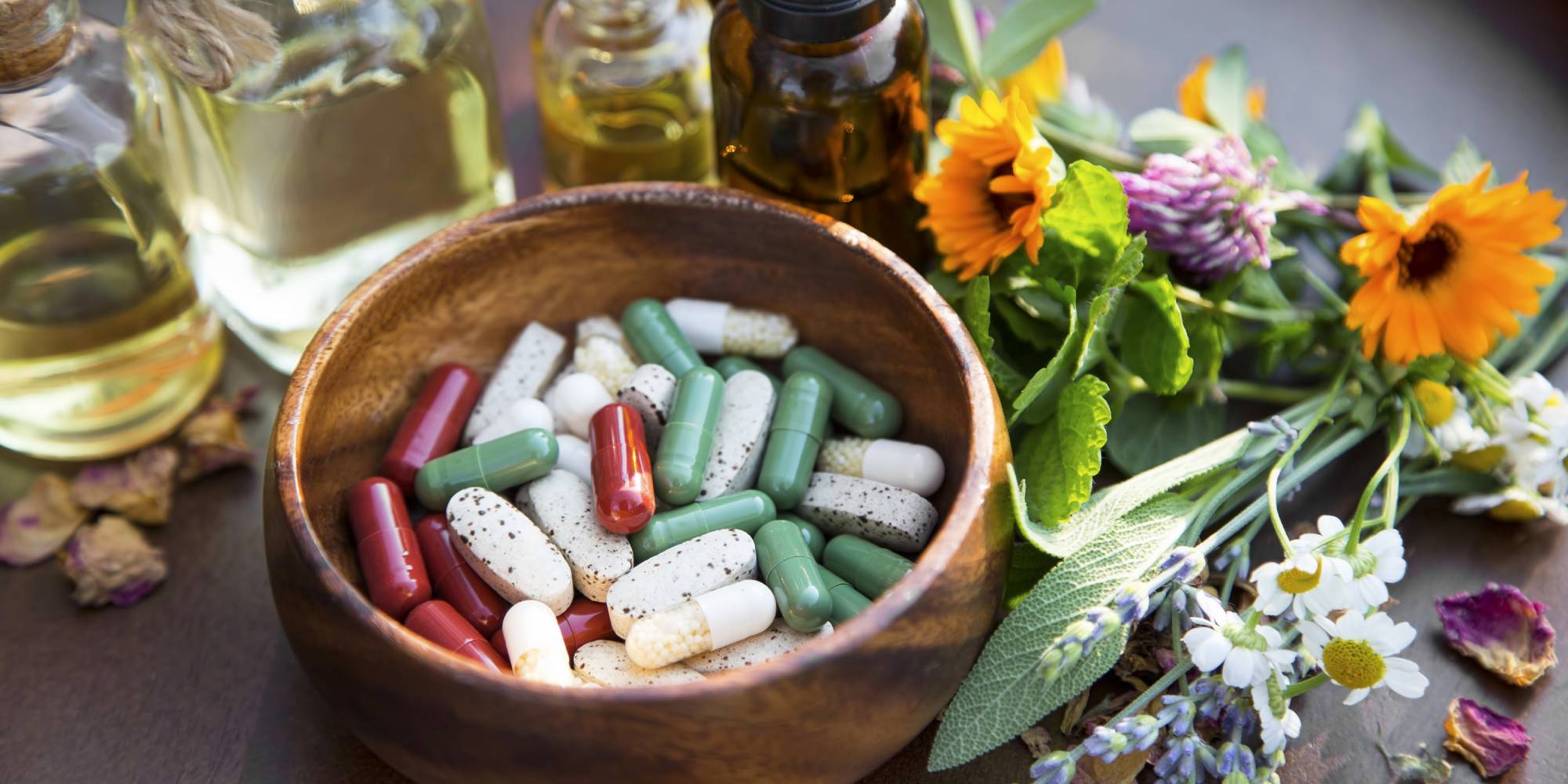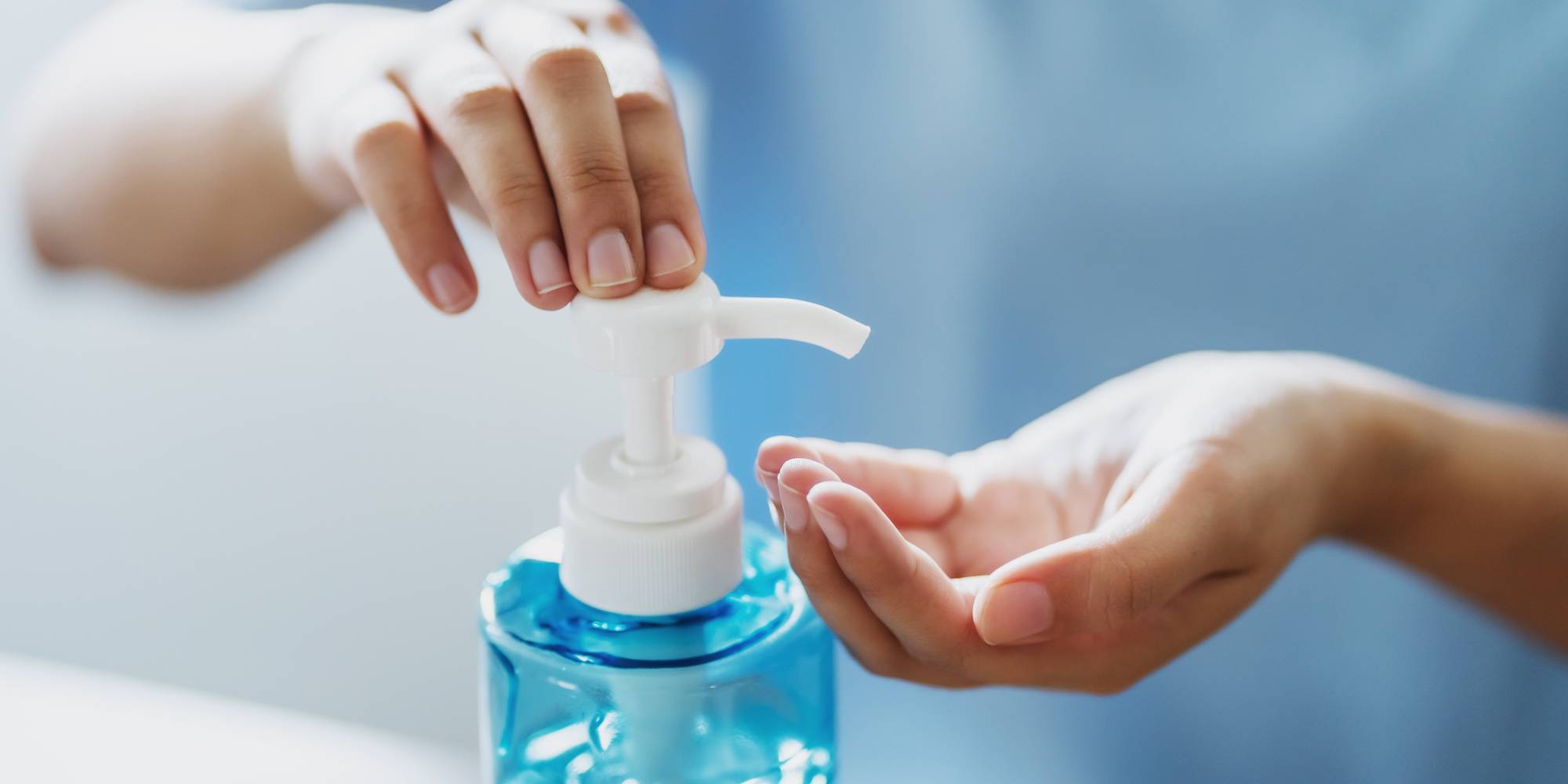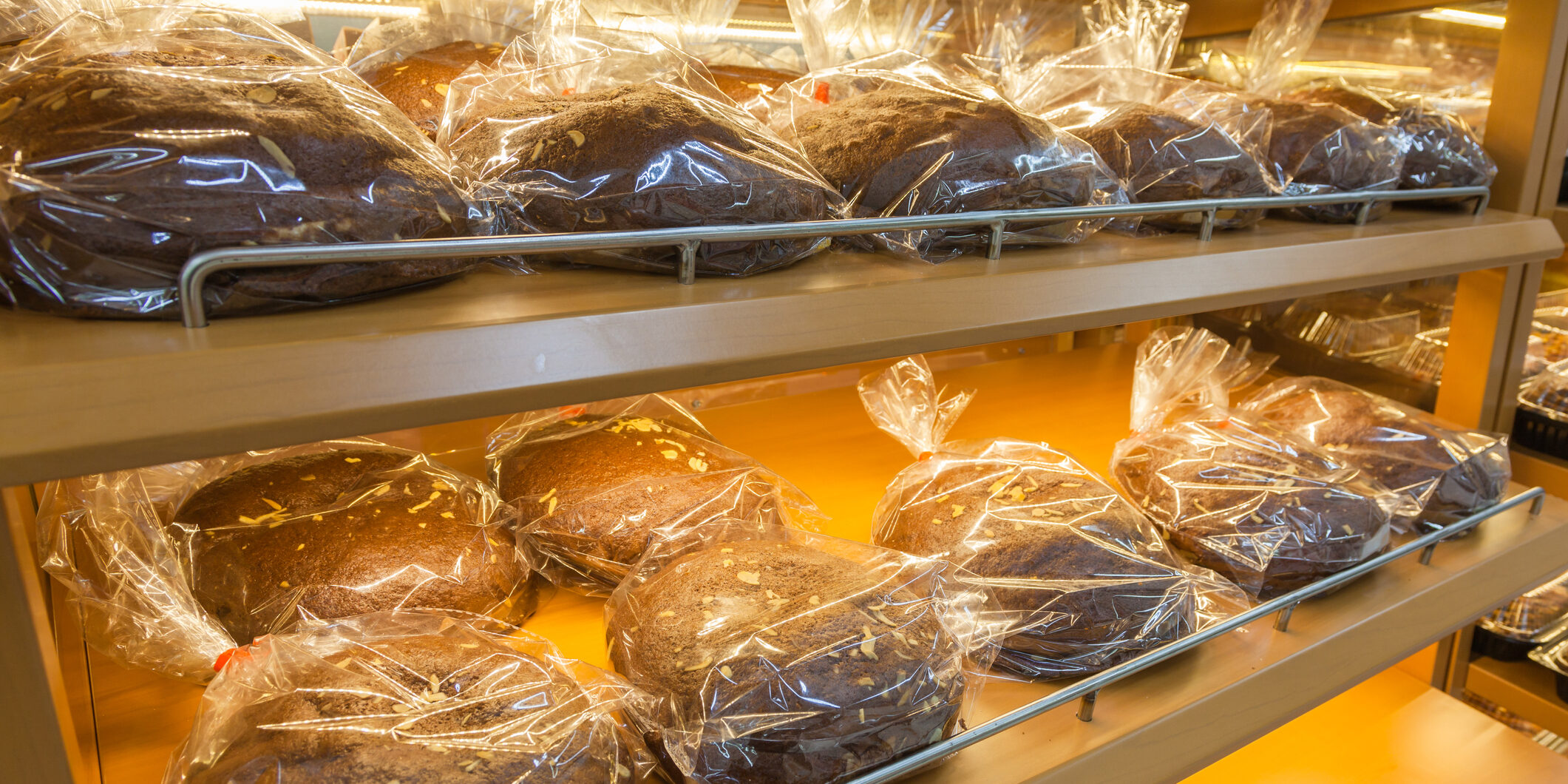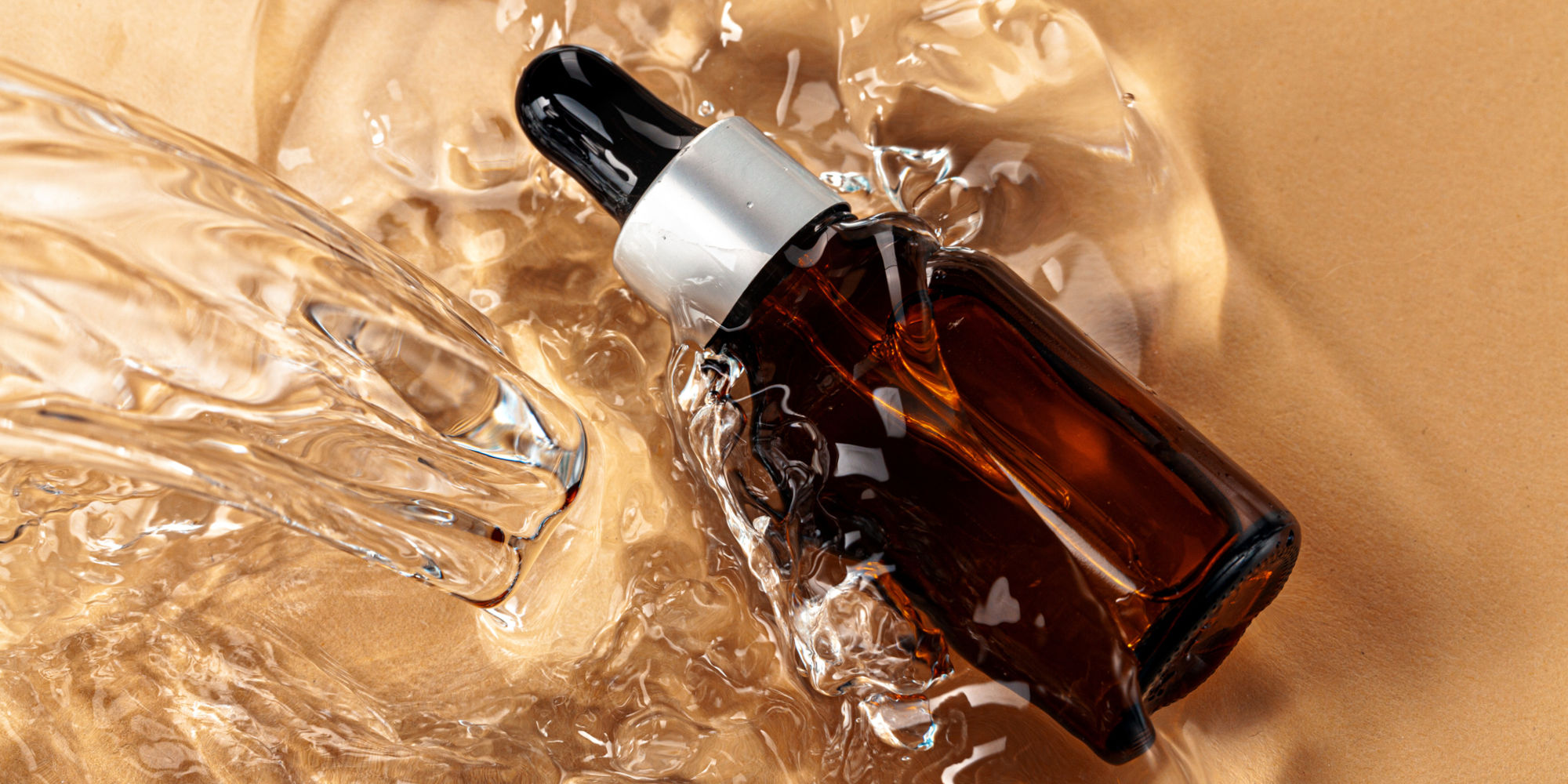Ethanol precipitation for the purification of herbal medicines
By Jillian Jastrzembski

Ethanol precipitation is a simple, efficient process that allows for the purification of traditional medicine herbal formulas. This technology operates on the principal that most bioactive compounds are increasingly soluble in higher ethanol concentrations, while compounds that are irrelevant or unsafe are usually less soluble. Increasing the ethanol concentration allows for impurities to precipitate out of solution while bioactive compounds remain. The result is a potent, bioactive concentrate that can be used to make tablets or granules in place of the less convenient, traditional decoction.










